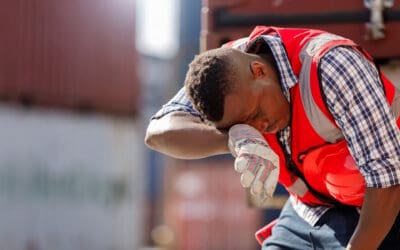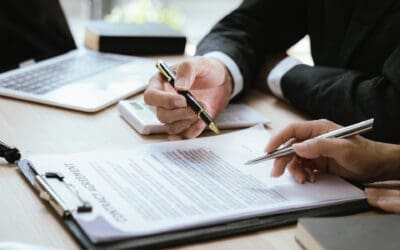Introduction:
Railroad accidents, though less frequent than other types of transportation incidents, can result in devastating injuries and significant property damage. If you are injured in a railroad accident, you may wonder who can be held responsible and what your legal options are. Understanding potential liability and the process for seeking compensation is crucial to protecting your rights and ensuring you receive the compensation you deserve.
Potential Parties at Fault in a Railroad Accident
- Railroad Company:
- Negligence in Maintenance: The railroad company is responsible for maintaining the tracks, trains, and all related infrastructure. If the accident was due to poor maintenance, faulty equipment, or inadequate safety measures, the company could be held liable.
- Employee Actions: The company can also be held liable for the actions of its employees. If the train engineer or other staff members were negligent or improperly trained, the company might be responsible.
- Train Manufacturer:
- Defective Equipment: If the accident was caused by a defect in the train or one of its components, you might have a claim against the manufacturer. Product liability laws hold manufacturers accountable for defects in their products that cause harm.
- Track Owner:
- Third-Party Maintenance: In some cases, the tracks may be owned and maintained by a third party different from the railroad company. If the accident resulted from issues with the tracks, the track owner could be liable.
- Government Entities:
- Public Railroads: If the railroad is owned or operated by a government entity, such as a municipal transit authority, you might need to file a claim against that entity. This process can be more complex due to specific legal requirements and shorter filing deadlines.
- Regulatory Negligence: Government agencies responsible for overseeing railroad safety could be liable if they failed to enforce safety regulations properly.
- Other Drivers or Pedestrians:
- Contributory Negligence: In accidents involving vehicles at railroad crossings, other drivers or pedestrians might share some responsibility. If another party’s negligence contributed to the accident, they could also be held responsible.
Steps to Take After a Railroad Accident
- Seek Medical Attention: Your health and safety are the top priority. Get medical help immediately, even if your injuries seem minor at first.
- Report the Accident: Notify the appropriate authorities and ensure an official report is made. This documentation will be crucial for your case.
- Gather Evidence: Collect as much information as possible, including photos of the scene, witness contact information, and any relevant details about the train and conditions.
- Consult a Personal Injury Attorney: An experienced attorney can guide you through the legal process, help determine liability, and ensure you file your claim within the required time limits.
Legal Considerations
- Statute of Limitations: Each state has a specific time limit within which you must file a personal injury claim. Missing this deadline could bar you from receiving compensation.
- Comparative Negligence: Some states follow comparative negligence rules, meaning your compensation might be reduced if you are found partially at fault for the accident.
- Federal and State Laws: Railroad accidents may be subject to both federal and state regulations. An attorney can help navigate these complex legal frameworks.
Conclusion:
Being injured in a railroad accident can have life-altering consequences. Determining who to hold accountable involves understanding the various parties that might be responsible, from the railroad company to government entities. Consulting with a knowledgeable personal injury attorney is essential to ensure your rights are protected and to help you navigate the complexities of your case. By taking the appropriate steps and seeking professional legal guidance, you can work towards obtaining the compensation you need for your recovery. Call SWLA Injury Attorneys at (337) 419-SWLA for more information on how we can help.











